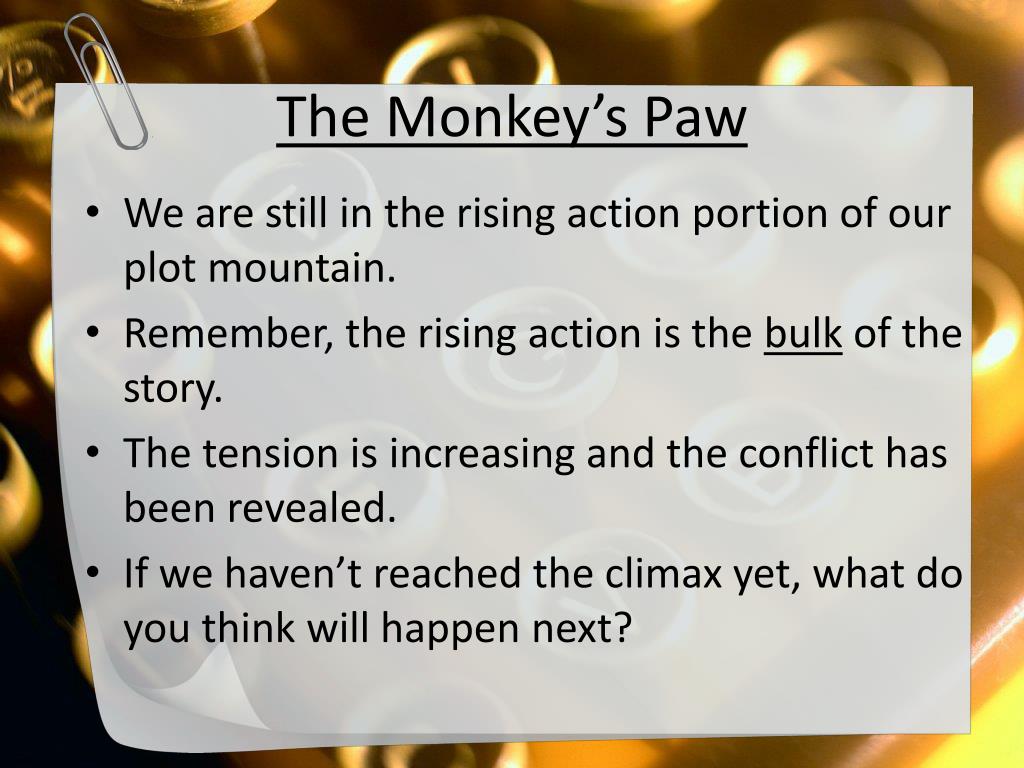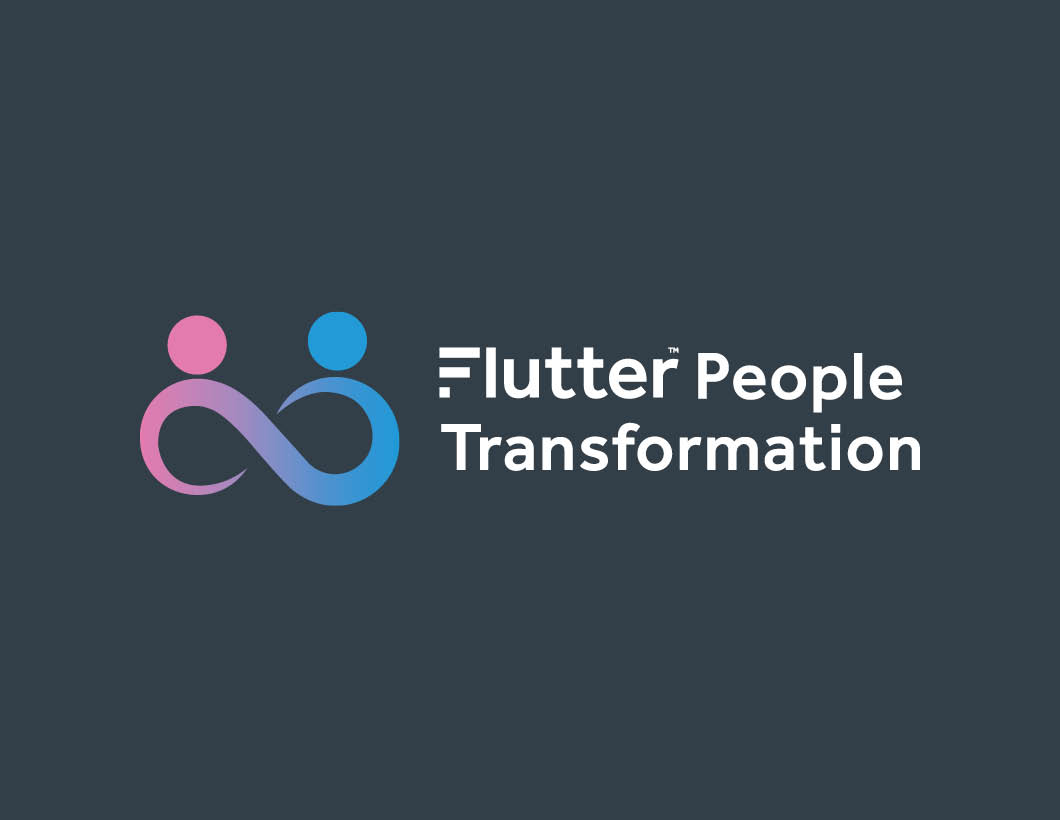Understanding Mental Health: Key Concepts, Challenges, and Practical Steps for Well-Being
Introduction
Mental health is an essential part of overall well-being, deeply influencing how we think, feel, act, and interact in our daily lives. It is not just the absence of mental illness but a positive state of functioning that allows individuals to cope with life’s stresses, realize their abilities, work productively, and contribute meaningfully to their communities [4] . Understanding mental health empowers individuals and families to recognize challenges early, seek support, and foster resilience.
1. What Is Mental Health?
Mental health refers to a person’s emotional, psychological, and social well-being [5] . This broad concept includes how we handle stress, relate to others, and make choices. The World Health Organization and other health authorities define mental health as a state that enables people to manage the normal stresses of life, work productively, and engage with their communities [4] . It is a fundamental component of our ability to learn, build relationships, and shape our environment.
Unlike physical health, mental health is not always visible, but it is just as critical. Positive mental health supports creativity, effective learning, strong social connections, and even longevity [2] . Conversely, poor mental health can impact physical health, increasing risks for conditions like diabetes and heart disease [3] .
2. The Mental Health Continuum
Mental health exists on a continuum, meaning everyone moves between states of wellness and distress at different times. You may feel healthy and resilient one week, then experience stress, anxiety, or sadness the next [2] . Life events, genetics, environment, and physical health all play a role in where you are on this continuum.
Understanding this spectrum helps individuals and families identify early signs of distress and seek support before challenges become overwhelming. For instance, feeling “off” for a few days may resolve naturally, but persistent changes in mood, behavior, or functioning may indicate a need for professional help.
3. Mental Health vs. Mental Illness
While mental health describes the overall state of emotional and psychological well-being, mental illness refers to diagnosable conditions that impact a person’s thoughts, feelings, behaviors, or mood [1] . Common mental illnesses include depression, anxiety disorders, bipolar disorder, schizophrenia, and posttraumatic stress disorder.
Experiencing poor mental health does not always mean you have a mental illness. However, mental illnesses are common: about one in five Americans experiences a mental disorder each year [1] . These conditions can affect people of any age, background, or community and may require professional diagnosis and treatment.
4. Why Mental Health Matters
Good mental health enhances your ability to manage stress, learn, work, and build satisfying relationships. It supports positive decision-making, self-esteem, and physical health. In contrast, poor mental health can lead to difficulties in school or work, strained relationships, and increased risk for chronic diseases [3] . Research shows that individuals with strong mental health tend to experience better academic and work performance, improved physical well-being, and higher quality of life [2] .
Mental health challenges are also a significant public health concern. For example, suicide is among the leading causes of death in some countries, and mental health conditions contribute to substantial disability worldwide [1] .

Source: teacherslife.com
5. Signs That Support May Be Needed
Recognizing when to seek help is vital. Warning signs that may indicate a mental health concern include:
- Persistent sadness, anxiety, or irritability
- Withdrawal from friends or activities
- Dramatic changes in eating or sleeping patterns
- Difficulty functioning at work, school, or home
- Thoughts of self-harm or suicide
If you or someone you know is experiencing these symptoms, consider reaching out to a mental health professional or contacting your primary care provider. In urgent situations, calling emergency services or a crisis hotline may be necessary.
6. Accessing Mental Health Resources and Support
Support for mental health is available through various channels. Here are some practical steps and guidance for accessing help:
- Contact Your Primary Care Provider: Many mental health concerns can be discussed with your family doctor, who can provide referrals or treatment options.
- Seek Licensed Mental Health Professionals: Psychologists, psychiatrists, counselors, and social workers can provide assessment, therapy, and medication management where appropriate. Search for licensed professionals through state licensing boards or trusted directories such as those maintained by major health systems or your insurance provider.
- Utilize School or Workplace Resources: Many schools and employers offer counseling services, employee assistance programs, or wellness initiatives. Inquire with your human resources or student services department about available options.
- Explore Community Mental Health Centers: Many regions have publicly funded centers offering counseling, crisis intervention, and support for individuals and families. Search for “community mental health center” along with your city or county to find local options.
- Consider Telehealth Services: Telehealth options have expanded, allowing you to access mental health care from home. Search for “telehealth mental health services” and review options available in your state or region.
- Access Crisis Support: In immediate crisis, call emergency services or look up the official number for a mental health crisis hotline in your country. In the U.S., the Suicide & Crisis Lifeline can be reached by dialing 988 [5] .
- Look for Peer and Community Support: Support groups, both in-person and online, can provide connection and encouragement. Search for “mental health support group” plus your location or specific concern.
If you have insurance, review your provider directory for covered mental health professionals. For those without insurance, some community health centers offer services on a sliding scale based on income.
7. Promoting and Maintaining Good Mental Health
Proactive steps can support mental health and resilience. Consider the following strategies:
- Build Supportive Relationships: Maintain connections with friends, family, and community. Social support is linked to better coping and recovery [2] .
- Develop Healthy Routines: Regular sleep, balanced nutrition, and physical activity benefit both mind and body [5] .
- Practice Stress Management: Techniques such as mindfulness, meditation, deep breathing, or creative activities can help manage stress.
- Set Realistic Goals: Break tasks into manageable steps and celebrate progress, however small.
- Seek Help Early: If you notice changes in mood, behavior, or functioning, consider reaching out to a professional before challenges worsen.
- Limit Stigma: Talk openly about mental health with trusted people, and remember that seeking help is a sign of strength-not weakness.
Everyone’s journey is unique. What works for one person may not work for another, so exploring different approaches is encouraged.

Source: mymentalhealth6.wordpress.com
8. Overcoming Barriers and Addressing Stigma
Mental health stigma can make it harder for people to seek help or talk about their experiences. This stigma may be cultural, social, or internal, leading to feelings of shame or isolation. Public education, open conversation, and supportive environments are essential to reducing stigma and making it easier for everyone to access care [4] . If you face barriers due to cost, culture, or availability, consider:
- Seeking out culturally competent care providers
- Exploring community programs or nonprofit organizations
- Advocating for mental health resources in your local area
Conclusion
Mental health is an ongoing process that requires attention, support, and understanding. By recognizing its importance, learning to identify signs of distress, and accessing available resources, individuals and families can build resilience and thrive. If you or someone you know needs help, remember: support is available, and reaching out is a vital first step.
References
- [1] Sullivan County Government (2025). Mental Health Issue Definition.
- [2] Beyond Blue (2025). What is mental health?
- [3] University of Chicago Medicine (2022). Defining and understanding mental health.
- [4] Pan American Health Organization (2025). Mental Health.
- [5] Centers for Disease Control and Prevention (2025). About Mental Health.
MORE FROM cheerdeal.com













